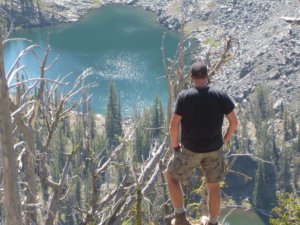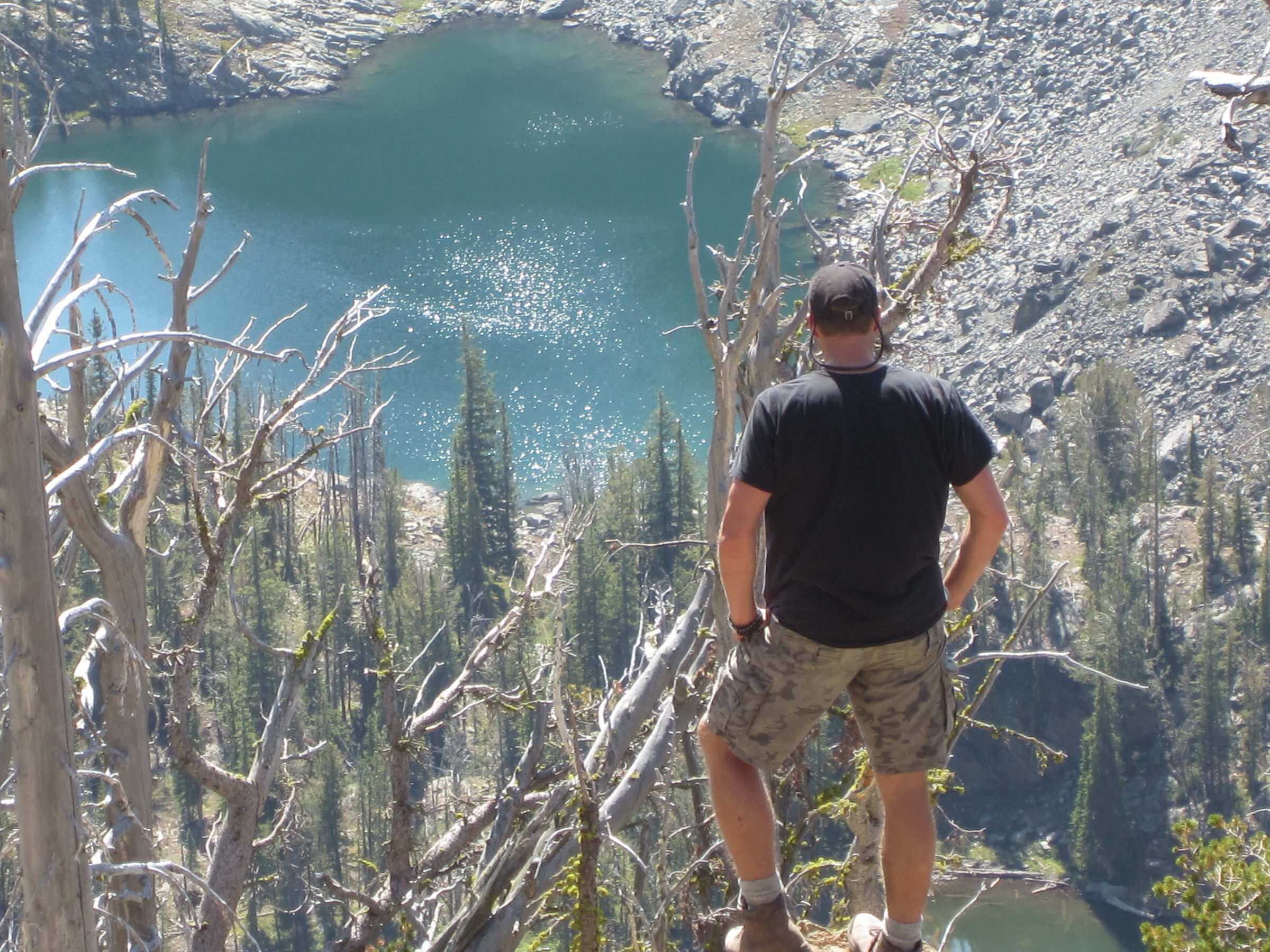
Here’s a strategy you can use to get more out of your backpacking adventures — the concept of base camps and day hikes. It’s super simple, but when you’re planning a trip, it lets you get yourself into an area so that you can more fully explore it.
Sometimes the spot you really want to see — say, a mountain or lake — is a hard 12 miles up. Depending on your schedule and stamina, that might not be a particularly enjoyable slog. But if you hike in 8 or 9 miles, set up camp, then get up in the morning and head out on a day hike, you can explore the mountain or lake unencumbered with a full pack.
Plus, some great backpacking trails just don’t have cool loops to hike through. You hike in then you have to hike out the same way you came in. To make this kind of backpacking trip a heckuva lot more fun, pour over the guidebooks and maps and see if you can hike in, set up base camp — and instead of lounging around in the same place all day — plan a day hike to a summit, ridge, or hidden lake.
The basic lesson is, you don’t have to pack up your backpacking tent and move camp each night . . . and you don’t have to hang right around camp all day, either.
The guys I learned to backpack with introduced me to this strategy, and it comes into trip planning at least four out of every five trips. In Rocky Mountain National Park, a day hike led us to a lake full of big trout. In the White Clouds of Idaho, a day hike led us to Lonesome Lake where I found — but did not catch — the largest high mountain trout I’ve ever seen. Me, I like to fish. But a day hike up to the top of a mountain with views for miles has its charms, too.
Just remember that you’re out in the backcountry and the weather can turn nasty in an instant. Use a light daypack to carry a rain jacket, water, an energy bar, a multitool, a first-aid kit, and matches — bare minimum. I pack a modified first-aid kit that has some survival gear, too, like an emergency poncho — which I tried to give to a guy from Florida who was hiking in a black plastic bag on Mount St. Helens in a cold rain. Even if you have a great rain jacket, you can use an emergency poncho to help somebody else, help break a cold wind, or use it for a makeshift shelter.
Looking for great backpacking gift ideas? Check out our 35 Best Gifts for Backpackers guide.


